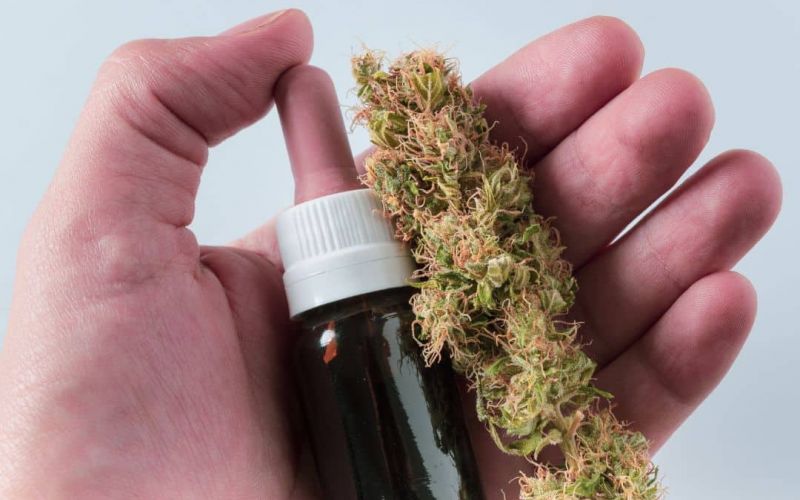
A Symphony of Scents: The Science of Terpene Profiling in Cannabis
By TE Fruits
Terpenes, aromatic compounds found in cannabis, contribute not only to the distinctive scents and flavors of different strains but also to the nuanced effects and potential therapeutic benefits of the plant. In this blog post, we’ll explore the science behind terpene profiling in cannabis, shedding light on the methodologies, significance, and the role they play in enhancing the overall cannabis experience.
Terpenes: Nature’s Aromatic Alchemists
Terpenes are organic compounds produced by various plants, including cannabis, to deter herbivores and attract pollinators. In cannabis, these aromatic molecules are secreted in the same glands that produce cannabinoids, creating a rich tapestry of scents and flavors unique to each strain. Terpenes also have synergistic effects with cannabinoids, influencing the overall therapeutic potential of cannabis.
Terpene Profiling Methods
Terpene profiling involves identifying and quantifying the diverse array of terpenes present in a cannabis strain. Gas chromatography (GC) and liquid chromatography (LC) are common analytical techniques used in terpene profiling. These methods separate and quantify the different terpenes present, providing a detailed profile of the strain’s aromatic composition.
The Entourage Effect
Terpene profiling is crucial for understanding the entourage effect, a phenomenon where cannabinoids and terpenes work synergistically to produce enhanced therapeutic effects. Different terpenes can modulate the effects of cannabinoids, influencing factors such as mood, relaxation, and energy levels. Terpene profiling allows consumers to choose strains based on their desired experiences and therapeutic benefits.
Personalizing the Cannabis Experience
Terpene profiles offer a window into the potential effects and flavors of a cannabis strain. Whether someone is seeking relaxation, focus, or pain relief, terpene information empowers consumers to make informed choices based on their preferences. The ability to personalize the cannabis experience enhances consumer satisfaction and contributes to a more nuanced and enjoyable journey.
Identifying Therapeutically Rich Strains
Certain terpenes have been associated with specific therapeutic benefits. For example, myrcene is thought to have sedative effects, while limonene may have mood-enhancing properties. Terpene profiling allows patients and consumers to identify strains with terpene profiles that align with their therapeutic goals, facilitating a more targeted approach to cannabis use.
Quality Control and Consistency
Terpene profiling serves as a tool for quality control in the cannabis industry. By consistently analyzing and monitoring terpene profiles, producers can ensure the consistency and reliability of their products. This commitment to quality control enhances consumer trust and confidence in the products they choose.
Advancements in Terpene Research
As research on cannabis continues to evolve, so does our understanding of terpenes. Advances in terpene research may uncover new therapeutic applications and insights into the plant’s complex chemistry. Terpene profiling is at the forefront of these advancements, providing a foundation for ongoing exploration and innovation in the cannabis industry.
Terpene profiling in cannabis is a journey into the aromatic complexity and therapeutic potential of the plant. At PureLabs OKC, we recognize the significance of terpene analysis in enhancing the cannabis experience. By employing advanced analytical techniques, we contribute to a cannabis industry that values the science behind the scents, flavors, and effects of different strains, enriching the overall cannabis journey for consumers.
Have a question? Give us a call today at 405.885.6411 or email us at info@purelabsokc.com.








